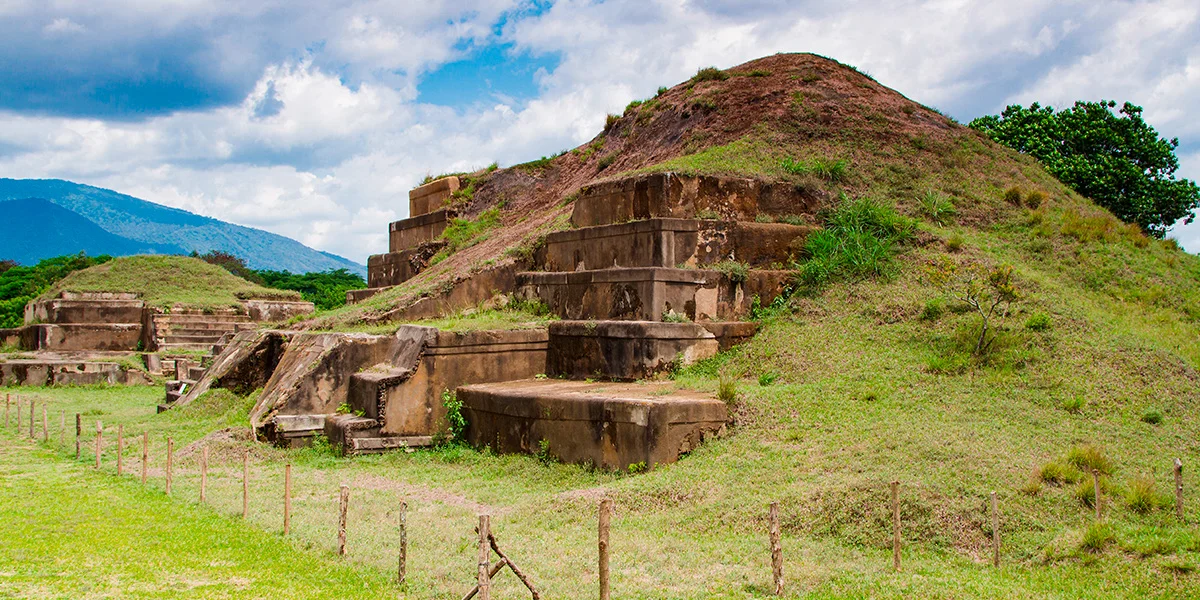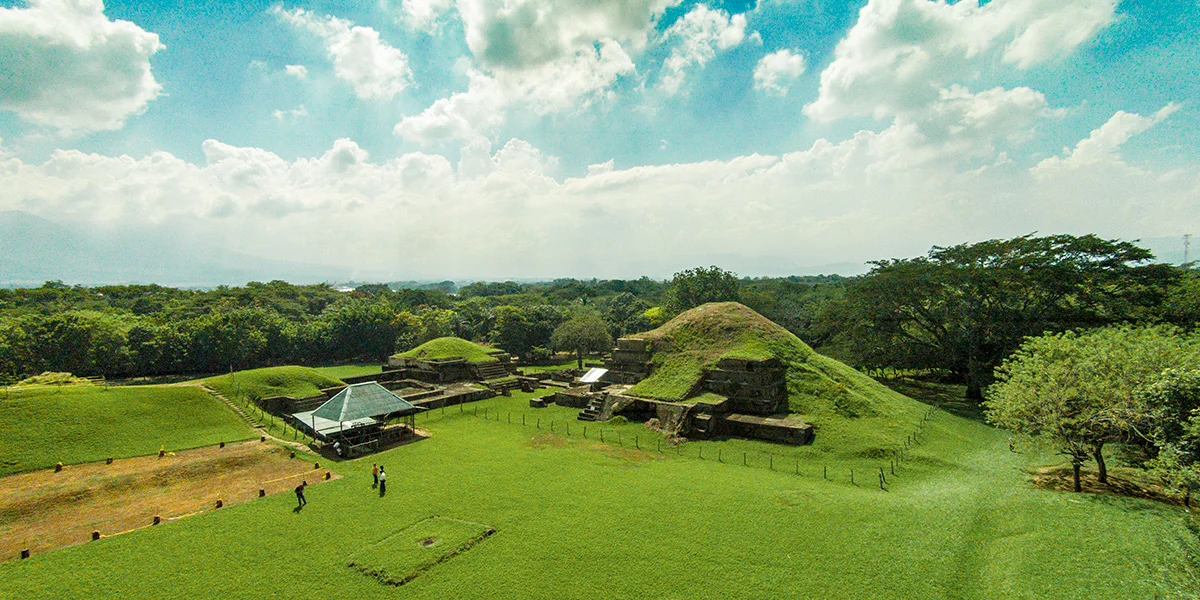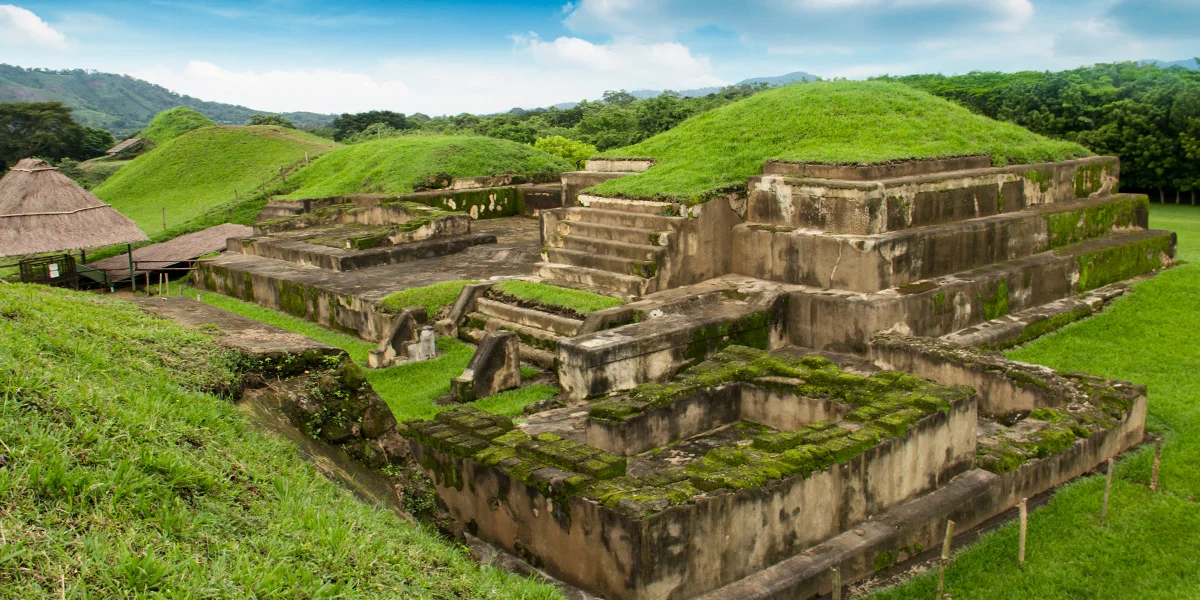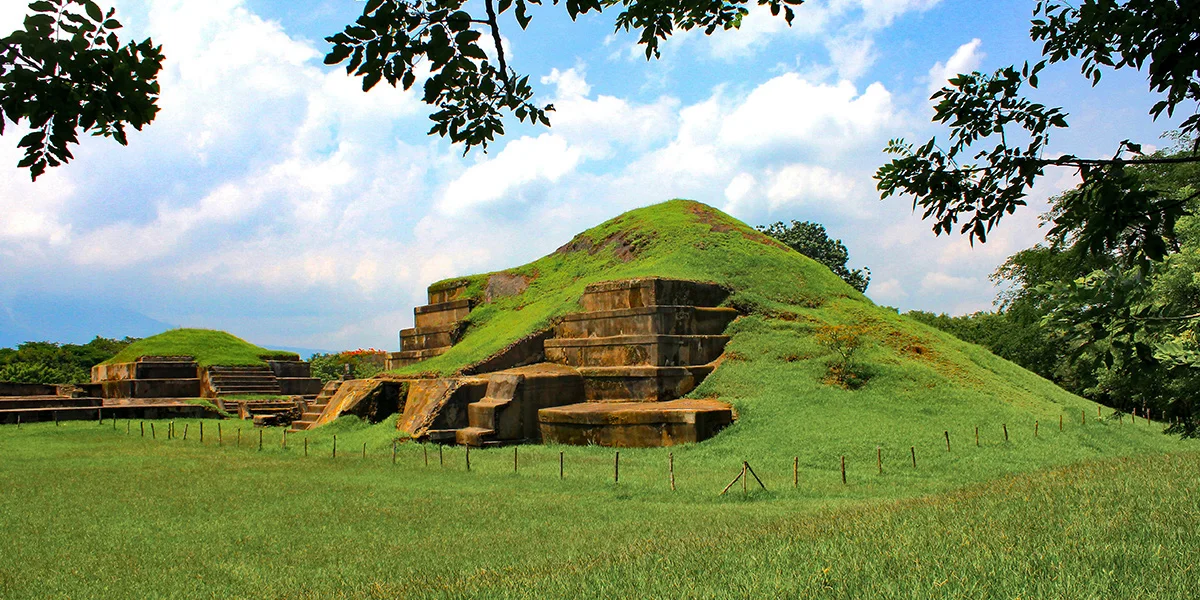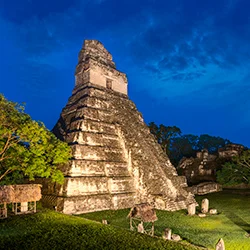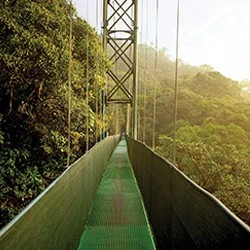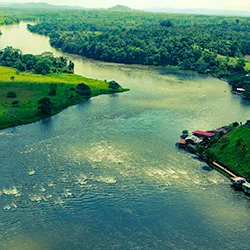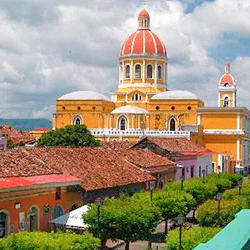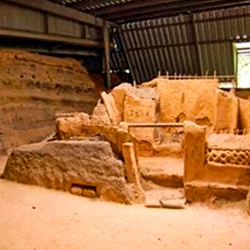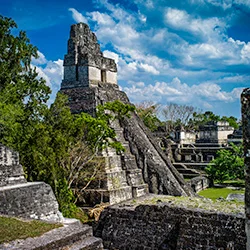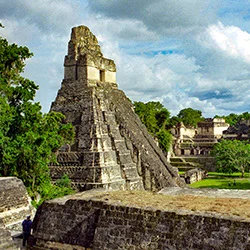San Andrés Archaeological Park
One of the largest pre-Hispanic centers in El Salvador
San Andrés is an archaeological site located in the Zapotitán Valley, just five kilometers from Joya de Cerén, in the department of La Libertad.
The San Andrés Archaeological Park is one of the largest pre-Hispanic centers in El Salvador, and would have constituted a regional capital between 600 and 900 A.D. in the late Classic period, period of apogee of the Mayan civilization.
The investigations and excavations in San Andrés have revealed that this was a political-ceremonial, and even commercial center, constituting an impressive indigenous acropolis. The site includes the Acropolis, which is an elevated square with pyramids and houses in the upper part. There is also a large square on the north side where other pyramids are located, including one in the form of a bell. It is possible that in this place there was a market where the exchange of goods took place. All the buildings were built in adobe blocks, except two structures that were built with tuff blocks, locally known as talpetate.
San Andrés was a Mayan city that controlled the smallest settlements in the valley. Leaders, artisans, soldiers, priests, merchants, and many other people who were part of the Mayan society at that time lived in San Andrés. The farmers lived in small huts, in the surroundings, and they harvested the main products, such as corn, beans and pipián, which made it an agricultural town due to the richness of the soil.
After the Mayans inhabited San Andrés, Pipil groups arrived and lived for a short time in the Acropolis.
History indicates that this territory was unoccupied by an enormous eruption in the year 250 until it was again populated in the 5th century. The archaeological findings of San Andrés show that the settlement of San Andrés had strong contacts with the civilization of Copán and Teotihuacan. They also received goods traded from as far away as the current territories of Petén in Guatemala, and Belize.
GEOPOSITION
Monteverde Cloud Forest
Río San Juan
Indigenous Communities of Panama
RECOMMENDED TOURS
Belize and Guatemala II
Enjoy the best all-inclusive hotels in Guatemala and Belize.
Colonial cities, Tropical Forests, and Volcanoes
You will enjoy visiting colonial cities, volcanoes, Lake Xolotlán and the National Parks of Cerro Azul Meambar, and the Masaya Volcano.
The new in Central America
Your visit to El Salvador, Guatemala, and Honduras will allow you to discover the most beautiful Mayan sites in Central America.
The Archaeologist
Discover Antigua Guatemala and the most important Mayan sites of Guatemala, Honduras and Belize.
Route of the volcanoes: Maya, lencas and garífunas
Discover volcanoes, colonial cities, pre-Columbian archaeological sites, and nature, and meet with the indigenous communities.
